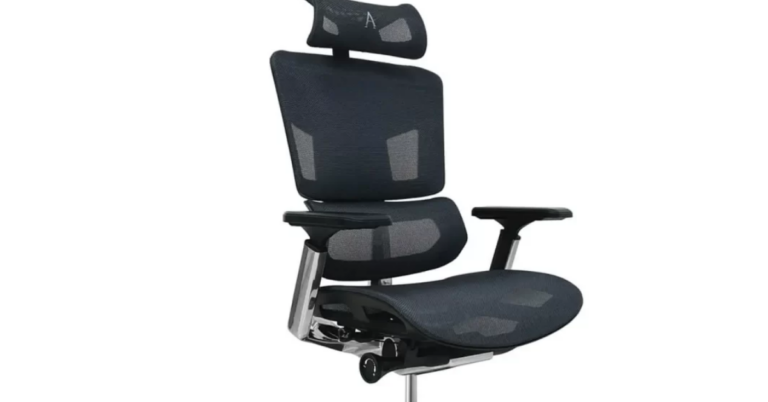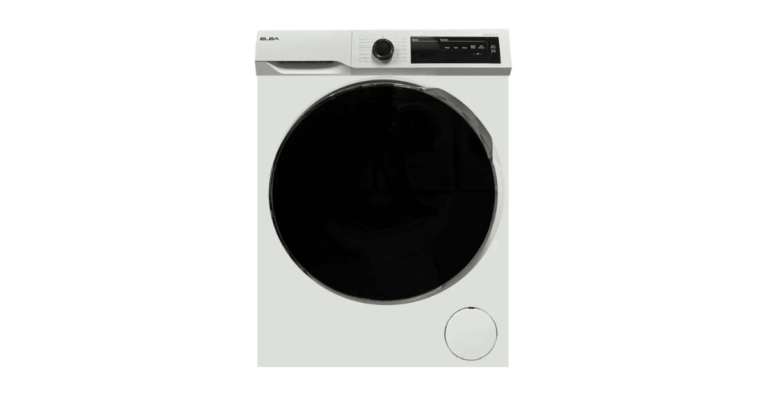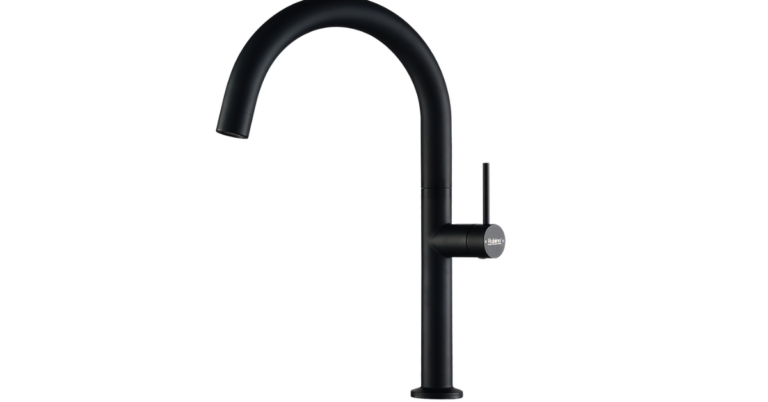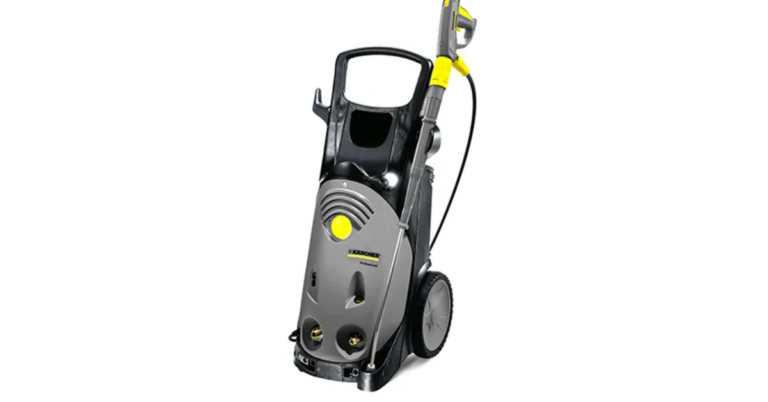Cruise Ship Refrigerator Matrix 300L 110V: The Cold Backbone of Marine Hospitality
In the demanding world of cruise ship operations, every appliance must combine robust engineering with energy efficiency and reliability. At the heart of onboard food preservation lies the Cruise Ship Refrigerator Matrix 300L 110V, a marine-grade refrigeration unit engineered to withstand the rigours of life at sea. From galley kitchens to staff pantries and service bars, this refrigerator plays a pivotal role in maintaining food safety, reducing waste, and ensuring passenger satisfaction. In this article, we explore the design, features, operational demands, and best practices for integrating such a high-capacity marine refrigerator into cruise ship systems.
1. The Unique Needs of Cruise Ship Refrigeration
Running a refrigerator aboard a cruise ship isn’t the same as plugging into a home socket. Ships at sea face:
-
Limited and fluctuating power supply
-
Constant motion and vibration
-
High humidity, salt spray, and corrosive sea air
-
Strict regulatory and safety standards (food hygiene, marine codes)
-
Space constraints and weight optimization needs
The Cruise Ship Refrigerator Matrix 300L 110V is built precisely for those challenges. Its engineering accounts for the stresses of a marine environment while delivering consistent cooling and durability.
2. Overview & Key Specifications
Here is a summary of the typical features and technical data for a marine-grade 300L refrigerator running on 110V:
| Parameter | Typical Specification |
|---|---|
| Capacity | 300 litres |
| Power input | 110V, 60 Hz |
| Refrigerant | Commonly R134a or equivalent marine-safe coolant |
| Operating range | Designed for loads amid frequent door openings |
| Construction | Corrosion-resistant materials, vibration-damped mounting |
| Dimensions | (Height × Width × Depth) in mm, as per module specification |
| Compliance | IMPA code, marine parts identification, food safety standards |
This class of refrigerator is often labeled with a maritime part code (such as IMPA) and is designed for compatibility with the vessel’s electrical infrastructure.
3. Strengths & Features That Matter
3.1 Energy Efficiency & Power Stability
Operating refrigeration systems on board demands efficiency. The 300L Matrix unit is engineered to maintain consistent cooling with minimal power draw, even under voltage fluctuations that can occur on a ship. The design includes features like optimized compressor cycles and insulation to reduce energy demand.
3.2 Vibration and Motion Tolerance
Ships pitch, roll, and vibrate constantly. Unlike standard land-based refrigerators, this marine unit incorporates reinforced internal structures, flexible mountings, and balanced components to guard against damage, rattling, or seal failure under movement.
3.3 Corrosion Resistance & Durability
Exposed to salty sea air, marine equipment must resist corrosion. The interior and exterior surfaces, door gaskets, hinges, and fasteners are typically made from stainless steel or coated alloys. This ensures years of reliable operation even in humid, saline conditions.
3.4 Thermal Uniformity & Airflow Management
In a busy galley environment, uneven temperature zones or hot spots can lead to food spoilage. The 300L Matrix includes internal airflow systems (e.g. forced air or ducted cooling) to keep the full volume within target temperature ranges, with minimal variance across shelves.
3.5 Smart Controls & Monitoring
Modern marine refrigerators often include digital controllers, remote sensors, alarm interfaces, and integration with the ship’s central monitoring system. If temperature drifts, door left open, or a component fails, alerts can be sent to engineering staff immediately.
4. Applications Onboard
Where and how the 300L 110V matrix fridge fits in:
-
Galley & Main Kitchens: For short‐term storage of perishable ingredients prepped for cooking.
-
Pantries & Service Stations: Close to dining areas to hold chilled ingredients (salad components, desserts, sauces).
-
Staff Mess & Crew Areas: For crew meals storage, reducing the load on galley space.
-
Medical or Laboratory Use: In some ships, such refrigerators may also support medical or lab storage needs (for medicines or reagents) if tightly controlled.
Because of its 300 L capacity, this unit sits in a useful middle tier — bigger than small undercounter units, but manageable for tight marine floor plans.
5. Integration & Installation Considerations
5.1 Power Infrastructure & Backup
Before installing a 110 V marine refrigerator, engineers must confirm:
-
The ship’s electrical system includes stable 110V/60 Hz circuits (or suitable converters).
-
Adequate circuit protection, surge suppression, and proper grounding are in place.
-
Redundant or backup power sources (e.g. UPS or emergency supply) can maintain supply during transitions or generator switching.
5.2 Vibration Isolation & Mounting
Mounts must isolate the unit from hull vibration and shocks. Anti-vibration pads, flexible hoses, and movable coupling support help reduce stress on connections. The unit should be secured to withstand sea motion, yet allow for maintenance access.
5.3 Ventilation & Heat Rejection
Refrigerators must dissipate heat generated by compressors and coils. Ensuring the installation location has ventilation, ducting, or forced exhaust helps maintain compressor efficiency and prevent overheating.
5.4 Accessibility & Serviceability
Cabinets and panels should permit access to the compressor, evaporator, condenser, controls, and refrigerant lines for maintenance with minimal disruption to adjacent systems. Spare parts must be stocked or available.
5.5 Thermal Insulation & Door Seals
Well-designed insulation and high-quality door gaskets help maintain internal temperature and reduce compressor workload. Special attention must be paid to seal performance under movement and humid climates.
6. Operational Best Practices & Maintenance
To maximize performance and longevity:
-
Periodic inspection of gaskets and seals — ensure they remain flexible and form tight seals.
-
Clean condenser coils and heat sinks regularly to maintain heat exchange efficiency.
-
Check refrigerant levels and pressures — any leaks should be addressed immediately to maintain cooling capacity.
-
Monitor internal temperatures with independent probes or secondary sensors.
-
Log operational metrics (power consumption, run times, alarm events) to detect drift or degradation.
-
Avoid blocking airflow — ensure no items are too close to vents or fan pathways.
-
Use load-balancing — distribute heavy cold loads gradually rather than in big batches, to avoid thermal shock.
7. Challenges & Mitigation Strategies
7.1 Voltage Drops & Transients
Onboard power systems—especially during switching or generator transitions—can produce voltage spikes or dips. Surge protectors and electronic soft starts for the compressor help mitigate stress to components.
7.2 Salt Corrosion Over Time
While materials resist corrosion, continuous exposure demands preventive maintenance. Regular rinsing of external parts (in safe conditions) and application of protective coatings can extend life.
7.3 Component Failure at Sea
Compressor, thermostat, or fan failures happen. Having spare modular parts onboard and easy replacement procedures is critical. Design layout should allow “swap-out” of major components.
7.4 Thermal Overload from Heavy Use
In busy service periods, frequent door opening and high usage may overwhelm the system. Staff training in prudent door management and staggered stocking helps reduce heat load.
8. Impact on Food Safety, Efficiency, and Guest Experience
A reliable marine refrigerator is not just a convenience: it’s a pillar in the chain of food safety. Maintaining stable cold temperatures ensures perishable foods stay within safe margins (e.g. below 4 °C for many fresh items). This reduces spoilage, carries lower waste, and prevents foodborne illnesses.
From an efficiency standpoint, a refrigerator that can handle onboard demands with minimal electrical draw contributes to reduced fuel costs (via generator load) and better energy allocation. For guests, consistent performance in galley and service areas helps maintain the freshness and quality of food across diverse meals and cuisines.
9. Future Trends & Innovations
Looking forward, marine refrigeration is evolving:
-
Variable-speed compressors that more precisely adjust cooling power to load.
-
Eco-friendly refrigerants with lower global warming potential (GWP) and compliance with evolving maritime environmental regulations.
-
IoT connectivity and predictive analytics, enabling remote performance monitoring, fault prediction, and proactive maintenance alerts.
-
Advanced insulation materials (e.g. vacuum panels or better foams) to reduce thermal losses.
-
Modular, stackable refrigeration units to provide scalable capacity according to ship design constraints.
Such innovations help further optimize energy consumption, reliability, and flexibility.
10. Conclusion
The Cruise Ship Refrigerator Matrix 300 L 110V embodies the engineering and reliability demanded by the maritime hospitality sector. Its careful design addresses power constraints, motion tolerance, corrosion, thermal uniformity, and serviceability. When integrated correctly, maintained diligently, and monitored intelligently, it becomes a silent workhorse—ensuring food integrity, operational efficiency, and guest satisfaction on board.
Deploying such units is not simply a “plug-and-play” exercise; it requires mindful planning, coordination among marine engineers, galley managers, and operations staff. But when done right, this refrigerator becomes a foundational element in running a vessel’s culinary operations smoothly.







